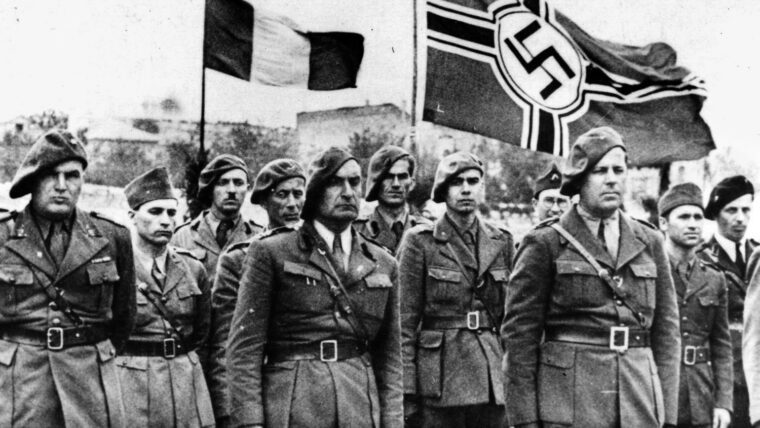
Latest Posts
Romania’s Disaster at Stalingrad
By Tom W. Murrey, Jr.World War II involved some of the most complex alliance systems in the history of warfare. Read more
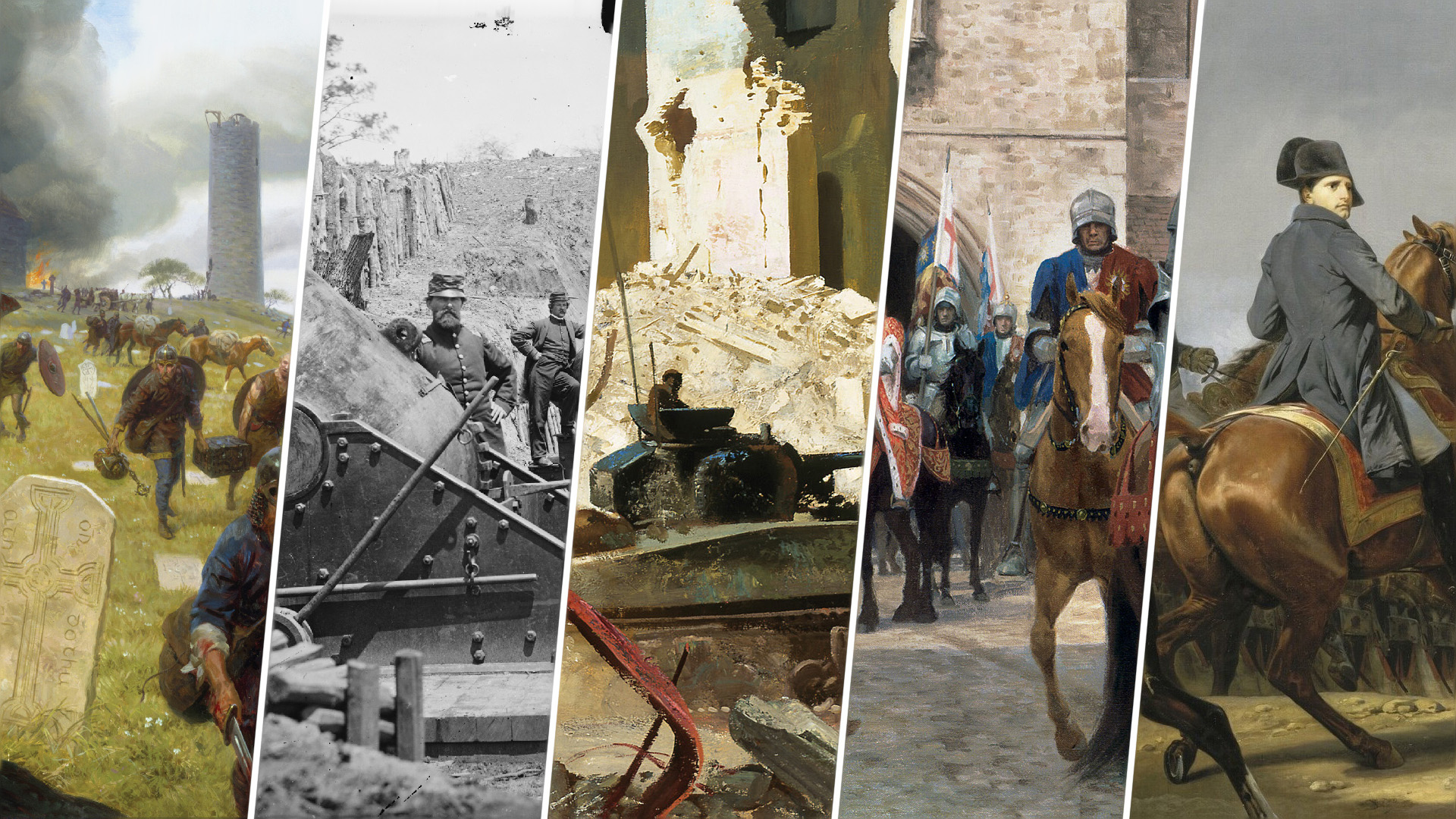

Latest Posts
World War II involved some of the most complex alliance systems in the history of warfare. Read more
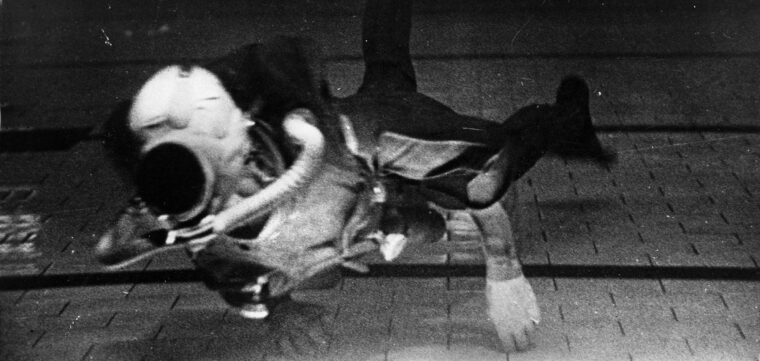
Latest Posts
British frogmen were the first ground fighters to engage the enemy on D-Day—and they did it without weapons. Read more
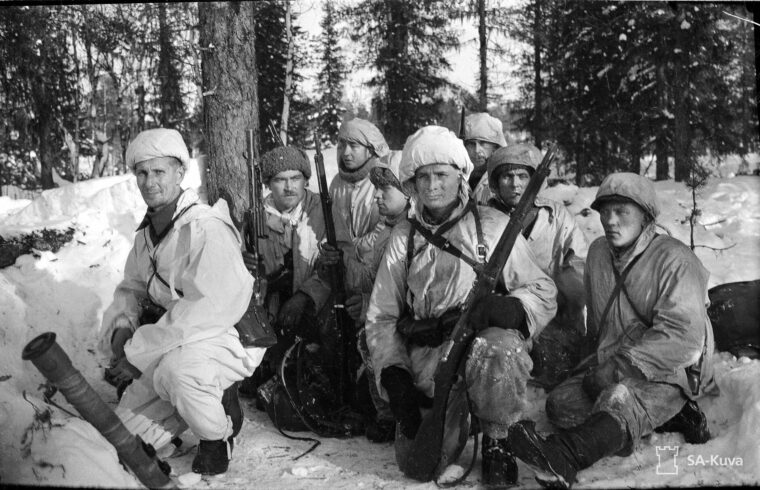
Latest Posts
“You can run, but you will only die tired!” Lt. Col. Aaro Pajari gave his battalion this dire warning on December 8, 1939, as the invasion of his homeland raged. Read more

Latest Posts
In early 1942, the air war over Germany was taking its toll on the Royal Air Force. Read more
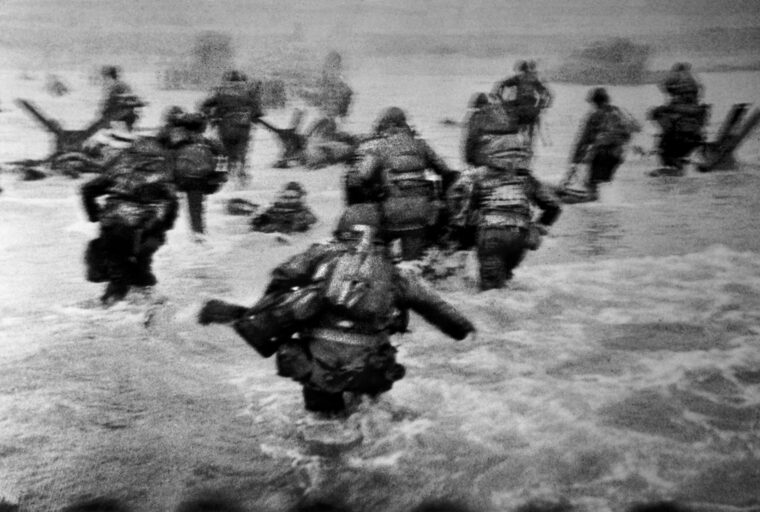
Latest Posts
When twin brothers Roy and Ray Stevens of Bedford, Virginia, joined Company A, First Battalion, 116th Infantry of the 29th Infantry Division in 1938, they could not know that their decision would completely destroy their dream of one day owning a farm together. Read more
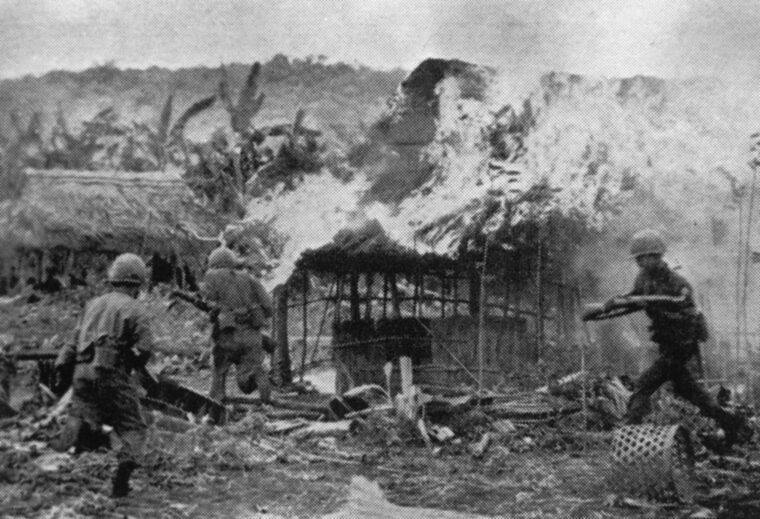
Latest Posts
On the night of February 13, 1967, the 11th Company of the 2nd South Korean Marine Brigade was occupying a position near the village of Trah Bin Dong in Quang Ngai province, South Vietnam. Read more
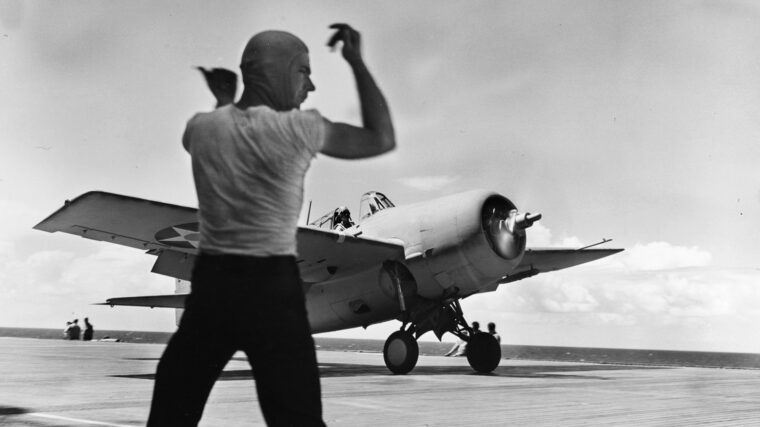
Latest Posts
Before there was an air-sea battle at Midway or in the Coral Sea, American aircraft carriers were launching operations against Japanese bases in the South Pacific, with the Japanese fighting to defend their gains. Read more

Latest Posts
Warfare History Network sat down with Terry Benedict, one of the Producers of the new Mel Gibson film Hacksaw Ridge to ask some questions about the film and its subject, Desmond Doss. Read more
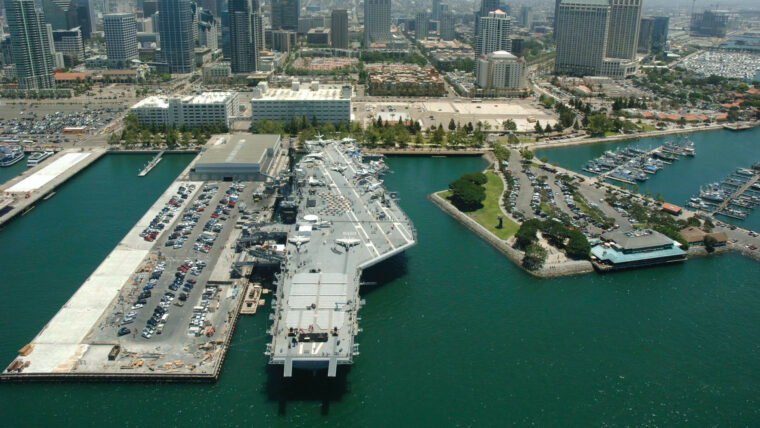
Latest Posts
A boat trip through San Diego harbor provides visitors with tangible proof of America’s military might. San Diego is one of the U.S. Read more
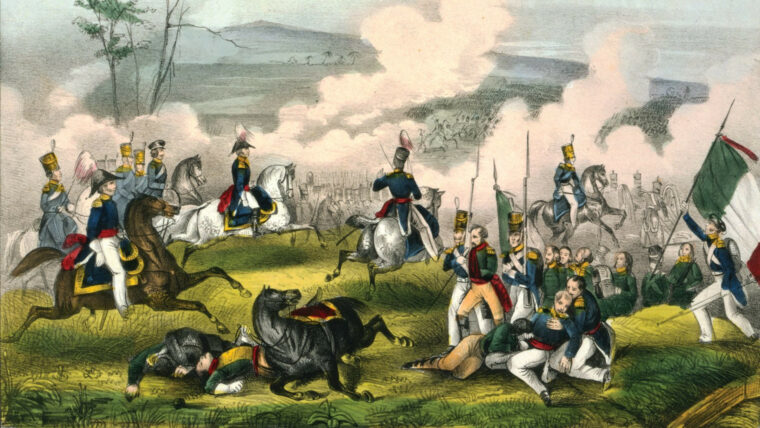
Latest Posts
The use of individuals unaffiliated with any intelligence organization is commonplace in the annals of espionage. Governments often use people who have certain skills or expertise to establish contact with other individuals who are believed to have influence with the nation they represent. Read more
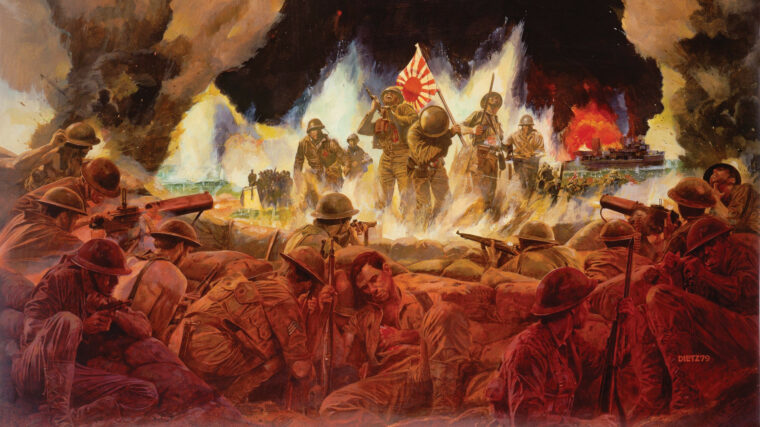
Latest Posts
It was already December 8, 1941, on Wake Island’s side of the international date line. The Americans on the tiny specks of land in the western Pacific Ocean roused themselves at 6 am. Read more
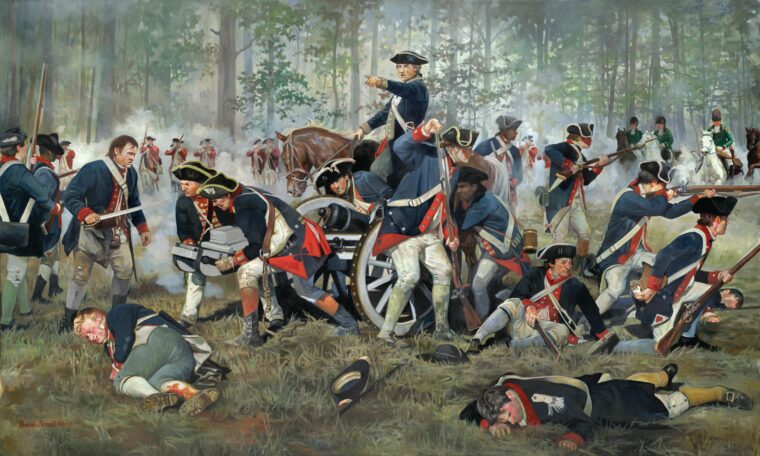
Latest Posts
In late March 1781, American Maj. Gen. Nathanael Greene sought to make the best of a bad situation. Read more
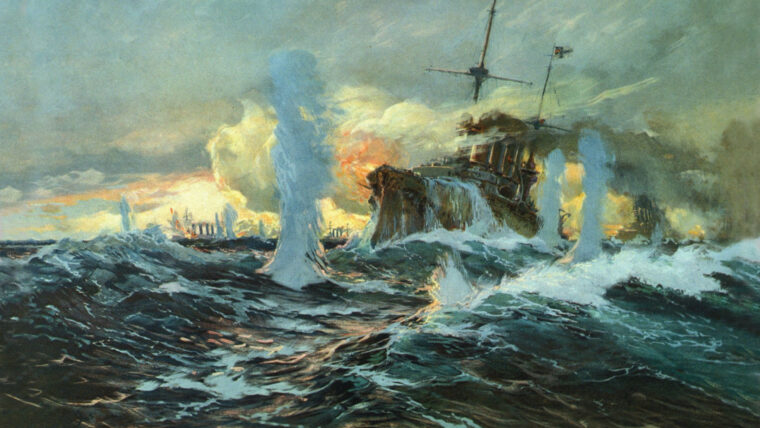
Latest Posts
When World War I broke out in August 1914, the captains of the various German warships called their men together to give three cheers for the Kaiser. Read more
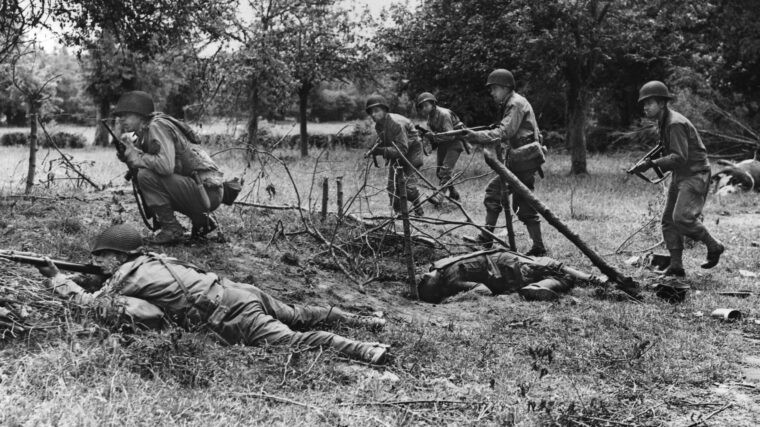
Latest Posts
When plans were drawn up for the Allied invasion of France in 1944, one important consideration was securing a deep-water port to allow reinforcements and supplies to be brought in directly from Great Britain and the United States. Read more
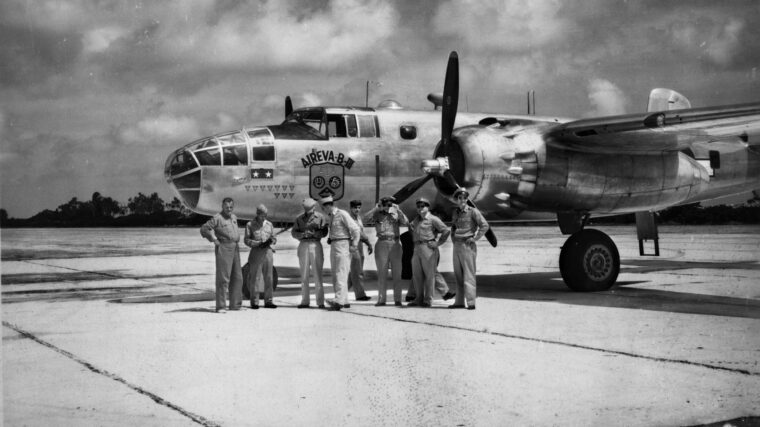
Latest Posts
Stephen Pierce Duggan, Jr., wanted to be a United States Marine. When the United States entered World War II, Steve was all set to do his part. Read more

Latest Posts
Like all Palestinians and most Arabs, Haj Amin al-Hussaini not only looked forward to an Axis Pact victory in World War II but also saw it as a means of defeating what he believed was a joint British-Jewish conspiracy to foist an Israelite homeland on the Middle East that would be to the detriment of his own people. Read more
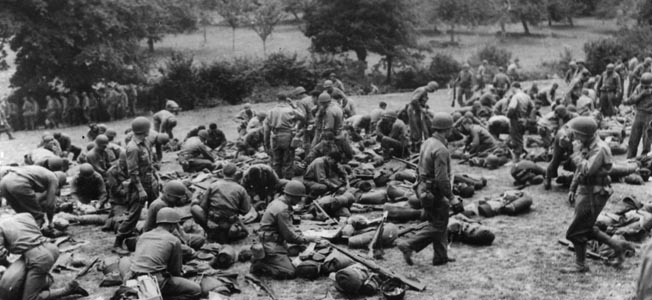
Latest Posts
The definitive combat unit of comparable strength among the forces of the world during the 20th century was the division. Read more
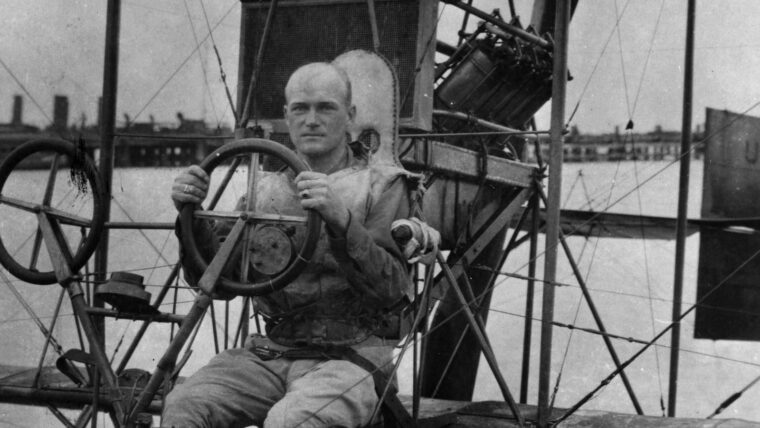
Latest Posts
He was a seagoing J.E.B. Stuart who hid beneath weather fronts to make his attacks, and he fought more naval engagements than John Paul Jones and David Farragut combined. Read more

Latest Posts
Nintendo kicked off September with; another of its semi-regular Nintendo; Direct presentations, which are live streams that typically run for an hour and either announce new games or show off fresh footage of upcoming releases. Read more
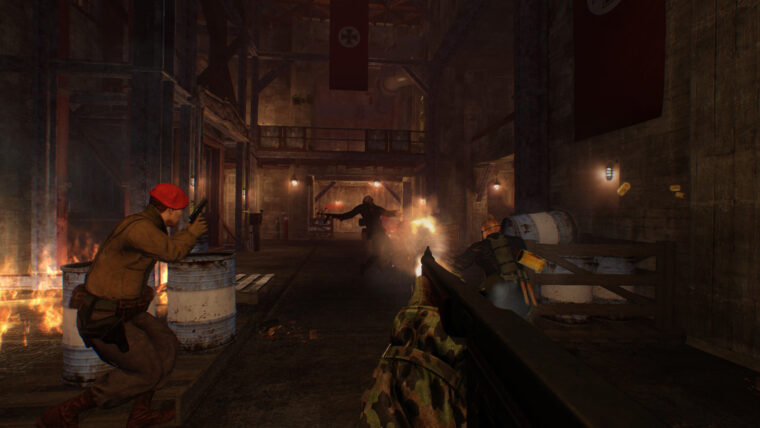
Latest Posts
Raid: World War II is part of the limited but exciting resurgence of World War I and II shooters that are on the not-so-distant horizon. Read more